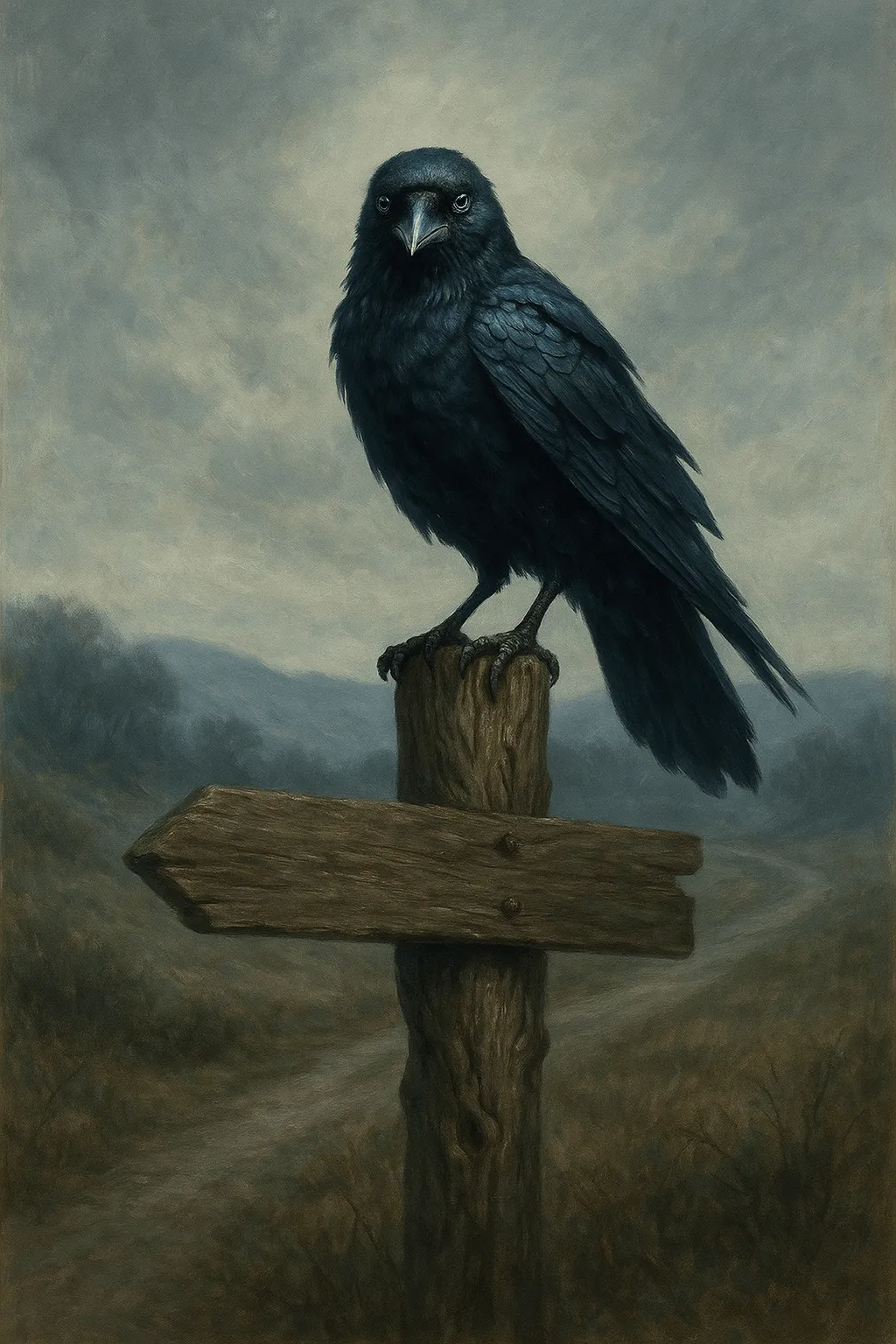
A familiar song from battlefields of old.
There are few creatures so overlooked and yet so closely watched as the common crow. Perched on fenceposts, silhouetted on bare branches, or hopping along battlefields in the quiet aftermath — their presence is constant, uncanny, and always just out of reach. In both natural and magical circles, the crow has earned a reputation not for strength or beauty, but for memory, mystery, and meaning. It is the watcher of things forgotten and the bearer of things lost.
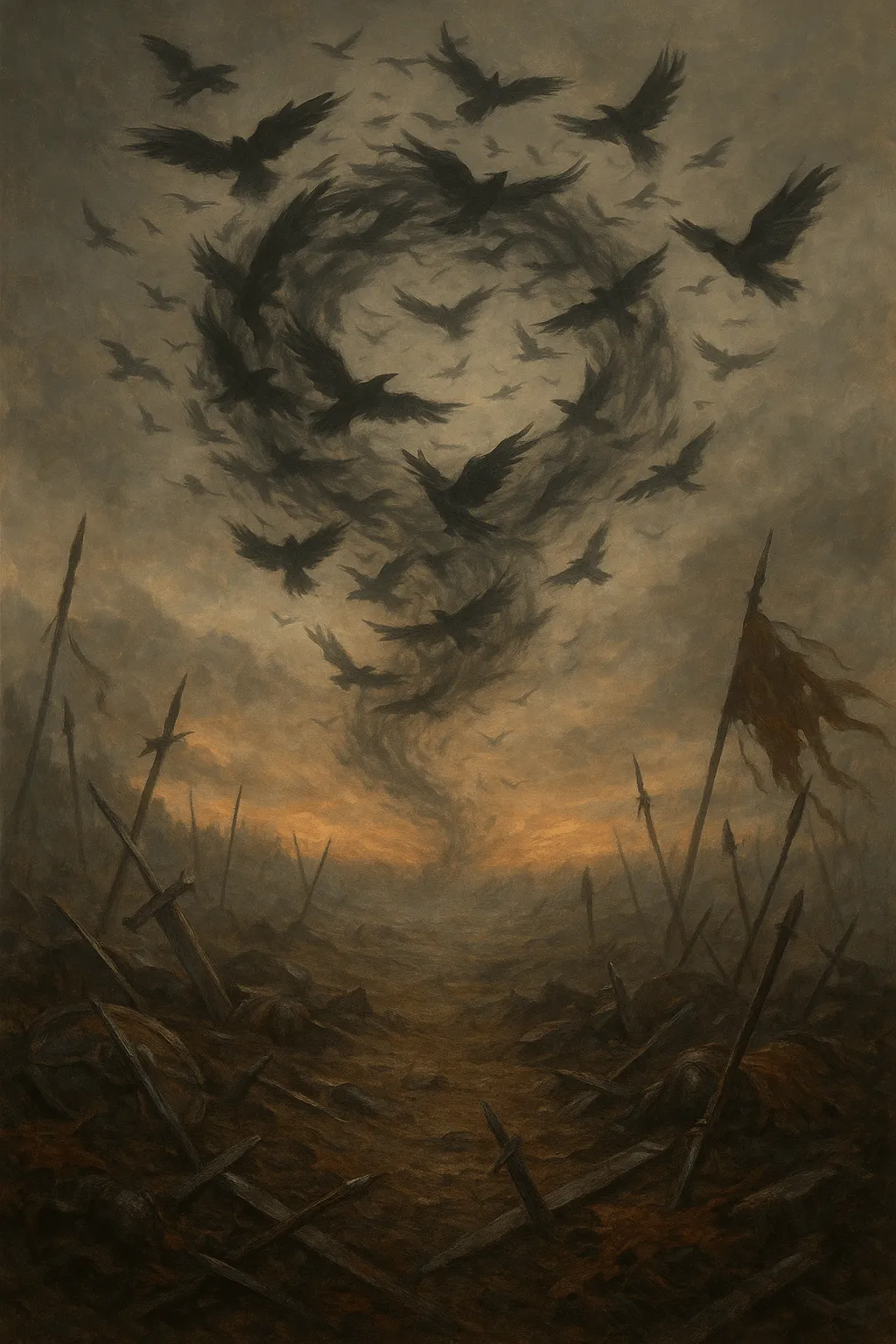 Crows are members of the corvid family, a group known for its unmatched avian intelligence. Scholars across realms have documented their ability to recognize human faces, solve complex problems, use tools, and even teach behaviors across generations. A crow remembers who has harmed it — and who has fed it. In some traditions, this memory is said to extend beyond the physical. Witches whisper that casting spells in the presence of a crow will embed a trace of the magic into its mind. If repeated, some claim, the bird might even begin to mimic the ritual — though what happens after remains hotly debated.
Crows are members of the corvid family, a group known for its unmatched avian intelligence. Scholars across realms have documented their ability to recognize human faces, solve complex problems, use tools, and even teach behaviors across generations. A crow remembers who has harmed it — and who has fed it. In some traditions, this memory is said to extend beyond the physical. Witches whisper that casting spells in the presence of a crow will embed a trace of the magic into its mind. If repeated, some claim, the bird might even begin to mimic the ritual — though what happens after remains hotly debated.
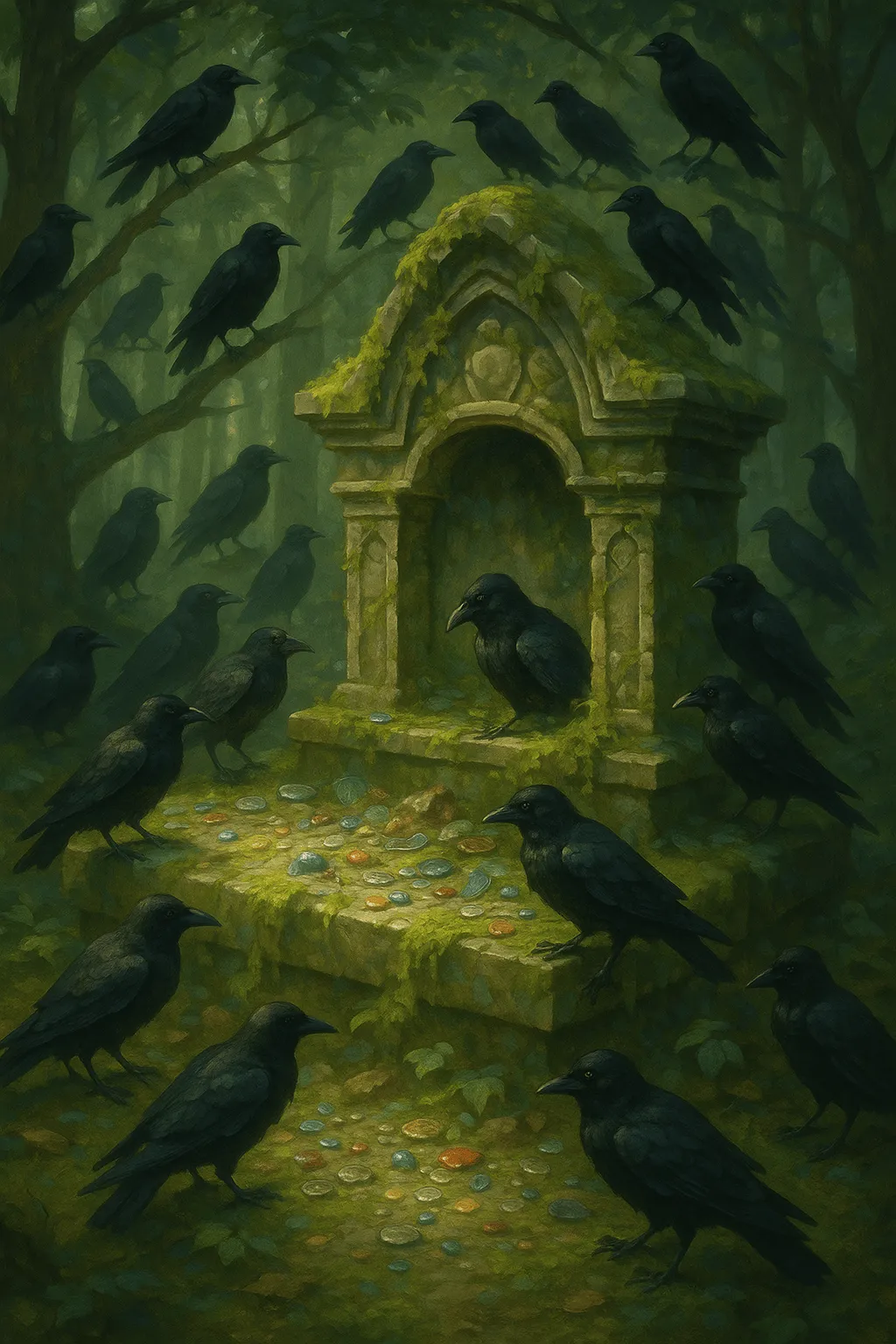 The distinction between crows and ravens is more than academic. Ravens are larger, with wedge-shaped tails and deeper voices; they tend to travel alone or in pairs and are often tied to death, prophecy, and the high matters of fate. Crows, by contrast, are smaller, more social, and more playful. They gather in groups called murders, and their lore is messier — less divine messenger, more streetwise trickster. In certain faiths, a raven is said to carry the soul to the afterlife, but a crow might steal it and stash it for later bargaining.
The distinction between crows and ravens is more than academic. Ravens are larger, with wedge-shaped tails and deeper voices; they tend to travel alone or in pairs and are often tied to death, prophecy, and the high matters of fate. Crows, by contrast, are smaller, more social, and more playful. They gather in groups called murders, and their lore is messier — less divine messenger, more streetwise trickster. In certain faiths, a raven is said to carry the soul to the afterlife, but a crow might steal it and stash it for later bargaining.
Different cultures attribute wildly varying significance to these birds. In the northlands, it is believed that seeing three crows before sunrise marks a day of irreversible choices. In the southern archipelagos, crows are said to ferry dreams between islands, cackling in the trees just before dawn. The old mountain clans tell of the “Last Crow,” a white-feathered anomaly that appears only before great disasters — or great discoveries. And across much of the known world, the crow is a liminal symbol: a creature of between.
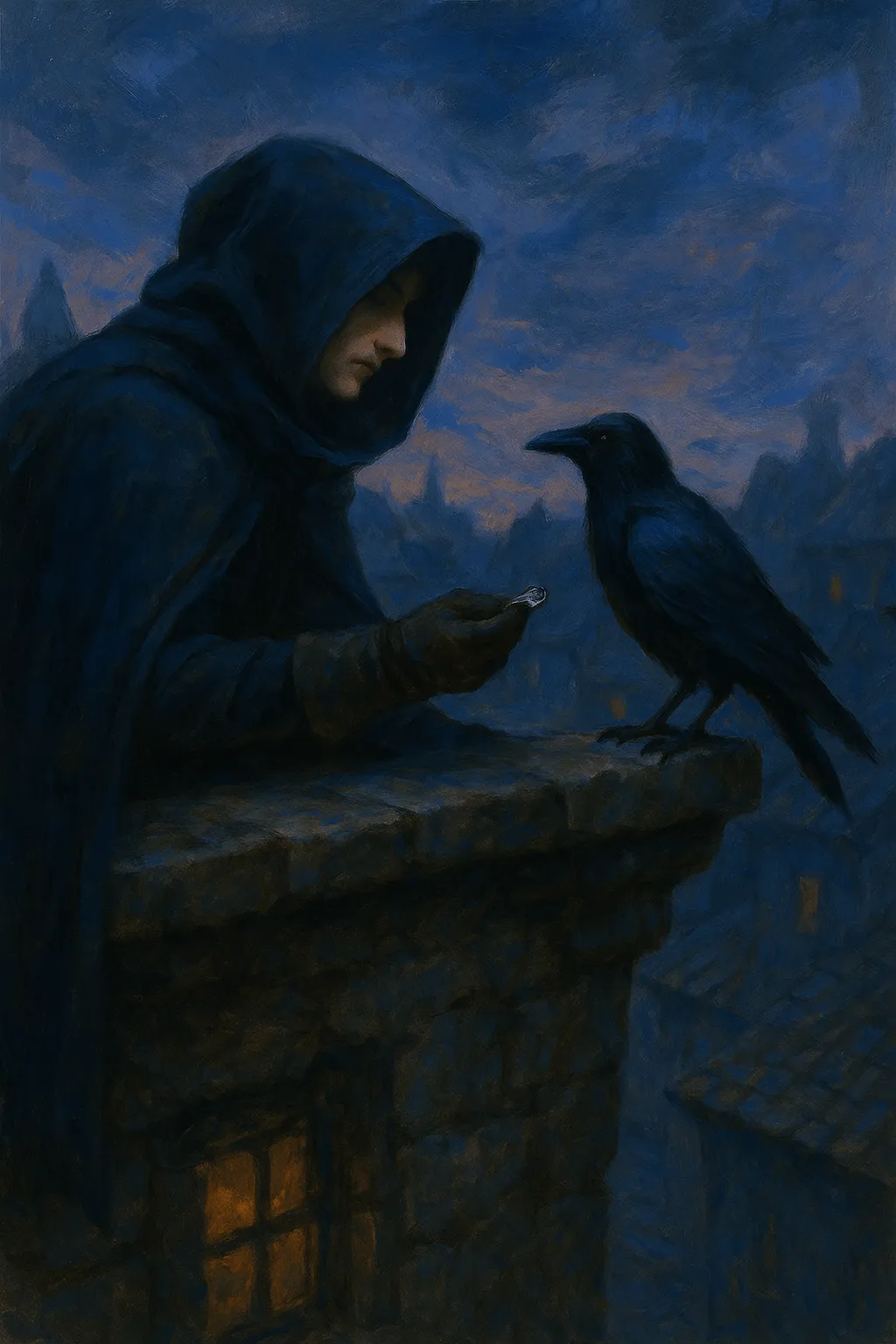 In magical practice, the crow walks a curious path. Unlike typical familiars, it cannot be summoned easily or bound through ritual. Those who earn the trust of a crow do so through repeated contact, consistency, and a strange sort of mutual interest. A mage who keeps a crow familiar has likely never caged it, nor called it — only waited. These familiars often return of their own accord, bearing trinkets, torn pages, or cryptic remnants from unseen places. Many arcanists believe this bond represents a kind of pact: the crow offers its eyes and memory, and the mage offers food, shelter, or riddles worth hearing.
In magical practice, the crow walks a curious path. Unlike typical familiars, it cannot be summoned easily or bound through ritual. Those who earn the trust of a crow do so through repeated contact, consistency, and a strange sort of mutual interest. A mage who keeps a crow familiar has likely never caged it, nor called it — only waited. These familiars often return of their own accord, bearing trinkets, torn pages, or cryptic remnants from unseen places. Many arcanists believe this bond represents a kind of pact: the crow offers its eyes and memory, and the mage offers food, shelter, or riddles worth hearing.
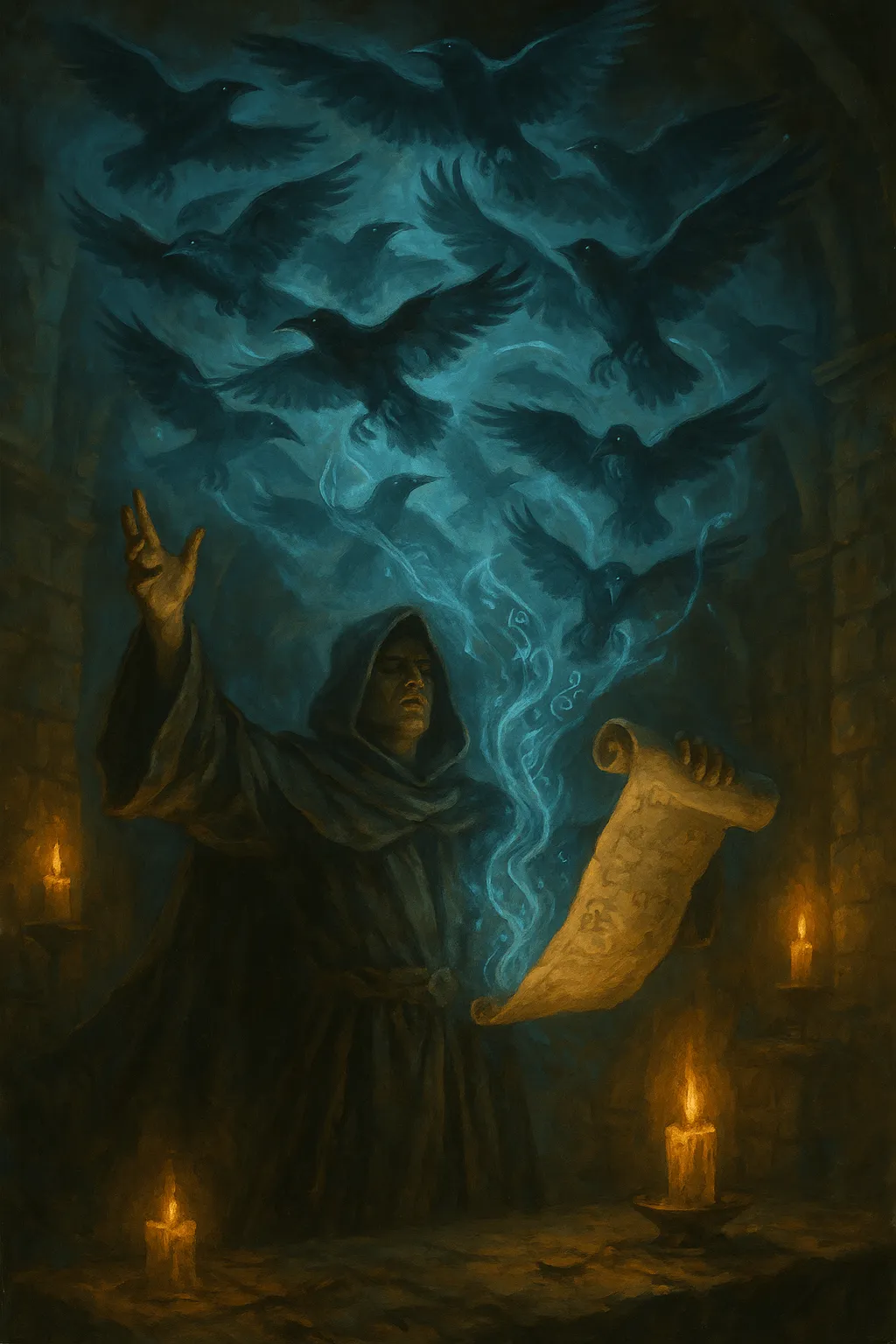 Conjured crows, on the other hand, are chaotic. Unlike ravens — which may be summoned singularly as messengers or conduits for specific spells — summoned crows arrive in flocks. They can serve as distractions, illusions, or spies, though their effectiveness depends on the caster’s familiarity with avian behavior. Poorly controlled conjurations have resulted in everything from ruined court hearings to flooded market stalls.
Conjured crows, on the other hand, are chaotic. Unlike ravens — which may be summoned singularly as messengers or conduits for specific spells — summoned crows arrive in flocks. They can serve as distractions, illusions, or spies, though their effectiveness depends on the caster’s familiarity with avian behavior. Poorly controlled conjurations have resulted in everything from ruined court hearings to flooded market stalls.
Beyond magic, crows play a crucial role in the natural world. As scavengers, they remove carrion and rot, thinning disease before it spreads. They eat what others will not, cleaning the bones of the world. In folklore, this role is often mystified: some believe crows consume not just flesh, but the lingering spirits of the dead, preventing hauntings and unnatural resurrections. Others say crows are memory-eaters — that by feeding on the dead, they preserve a spark of the person’s final thoughts. Whether literal or not, these stories speak to the bird’s function as both end and echo.
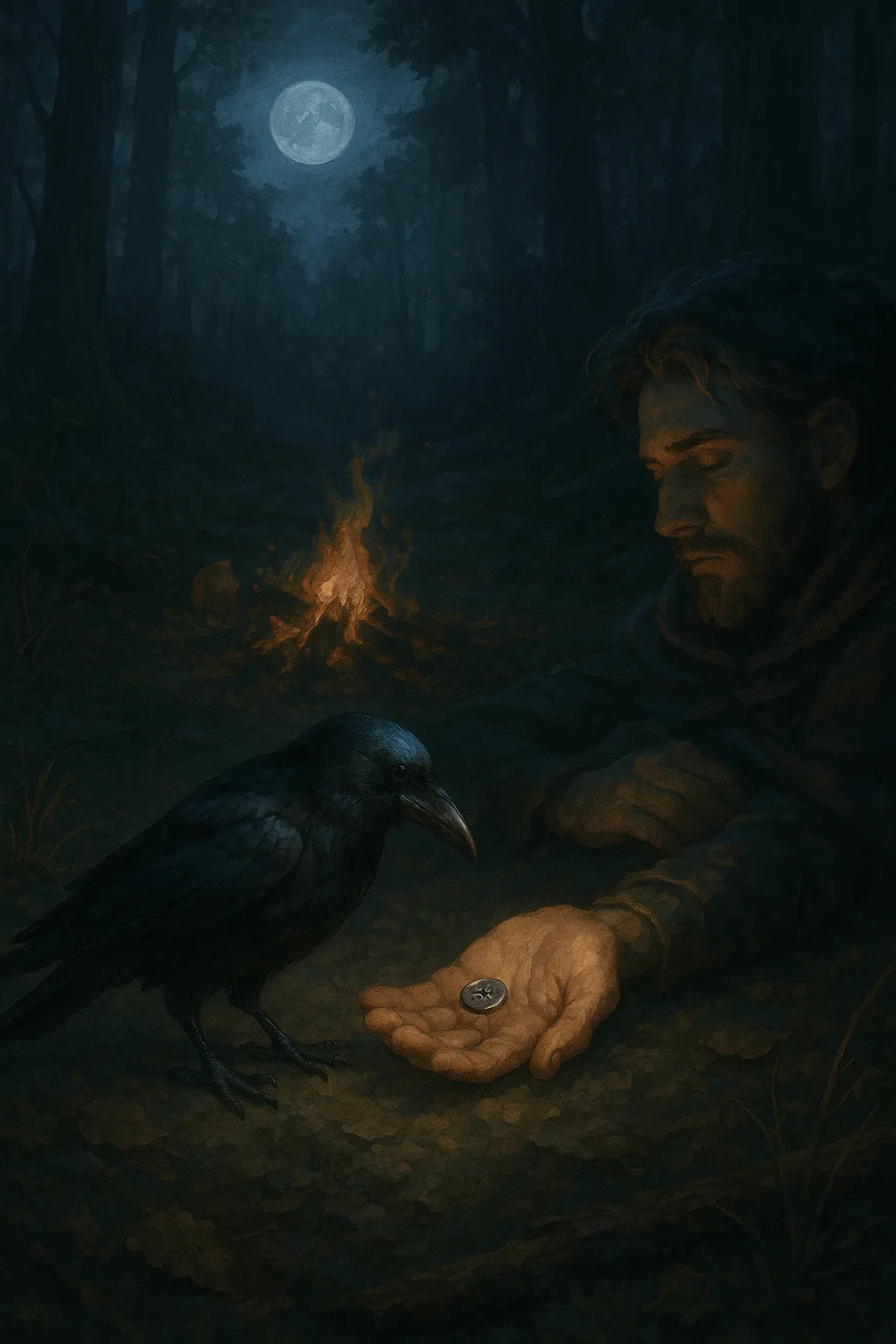 It is also said that a crow never forgets a kindness. Travelers who aid injured birds — or leave offerings near known perches — sometimes report finding small gifts in return: polished stones, silver buttons, even lost heirlooms. A few hedge-mages believe these tokens are not random, but chosen with eerie precision. Some go so far as to say the crows trade among themselves, whispering tales of good humans and bad, of spell-keepers and truth-breakers.
It is also said that a crow never forgets a kindness. Travelers who aid injured birds — or leave offerings near known perches — sometimes report finding small gifts in return: polished stones, silver buttons, even lost heirlooms. A few hedge-mages believe these tokens are not random, but chosen with eerie precision. Some go so far as to say the crows trade among themselves, whispering tales of good humans and bad, of spell-keepers and truth-breakers.
For all their dark associations, crows are not symbols of evil. They are mirrors. They reflect the world as it is — or perhaps as it will be. They do not sing beautiful songs, but their calls cut through silence with purpose. They do not build grand nests, but they find use in the discarded. They are survivors, scavengers, and sometimes, savants.
To see a crow at a crossroads is not to be warned — but to be witnessed.
The following magical heirlooms are fictional and lore-based in nature. Each one is an affiliate link to a real-world item on Amazon that we've hand-selected to complement this artifact's lore.
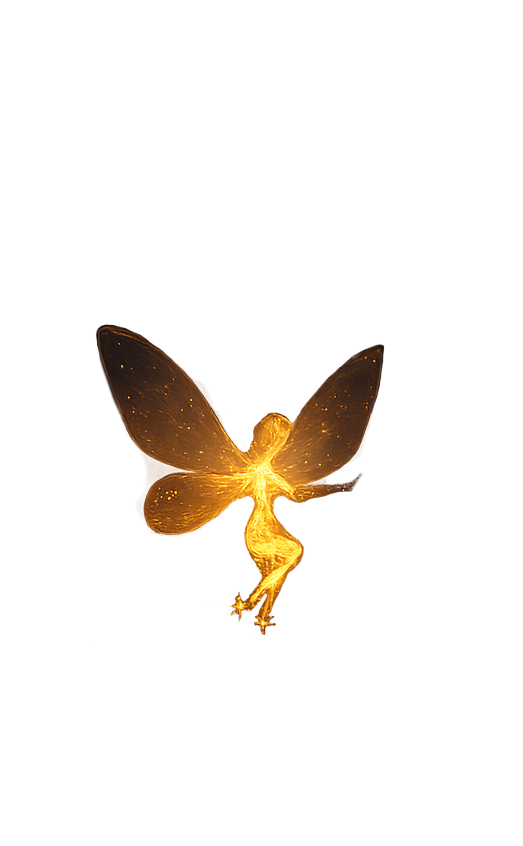
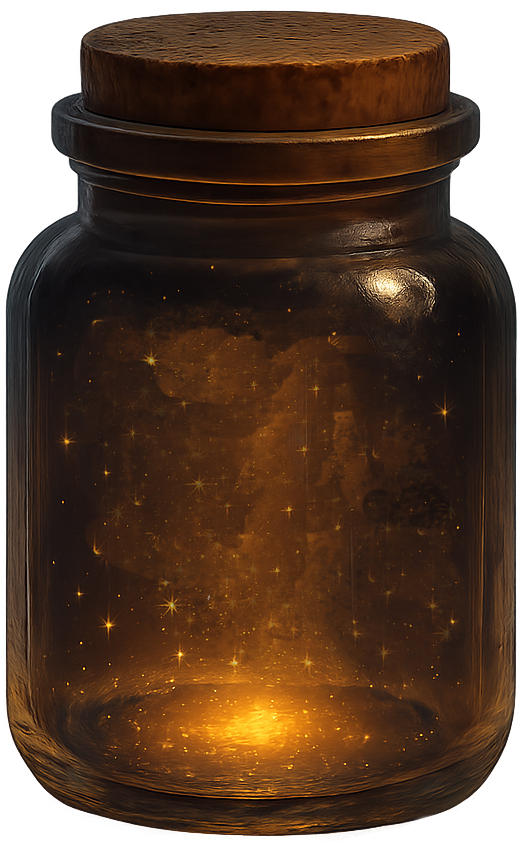
If you click a link and buy an item, we may earn a commission.It costs you nothing extra, but can help keep this little corner of the internet glowing.
What does this mean?
For when you need to mobile and comfy and the same time. Also smores.
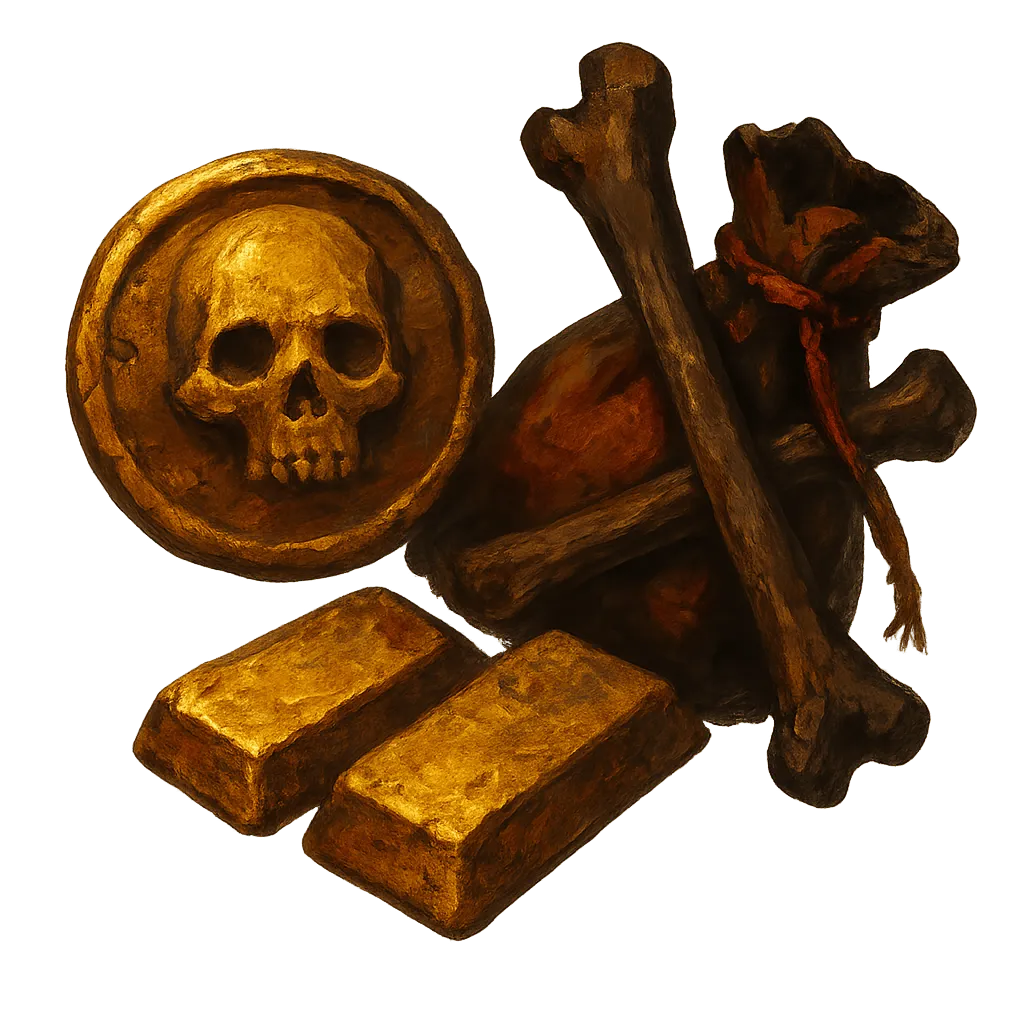
Beautiful, shiny, and non-redeemable. Occasionally attracts sea monsters and debt collectors.

Caw forth your new allies after learning the proper lingo. Brought to you by cawsmic forces, totally not a bird LLC.

A polished void-orb that reflects no light of this world, murmuring forgotten names to any who dare glimpse their own shadow within its sheen.




